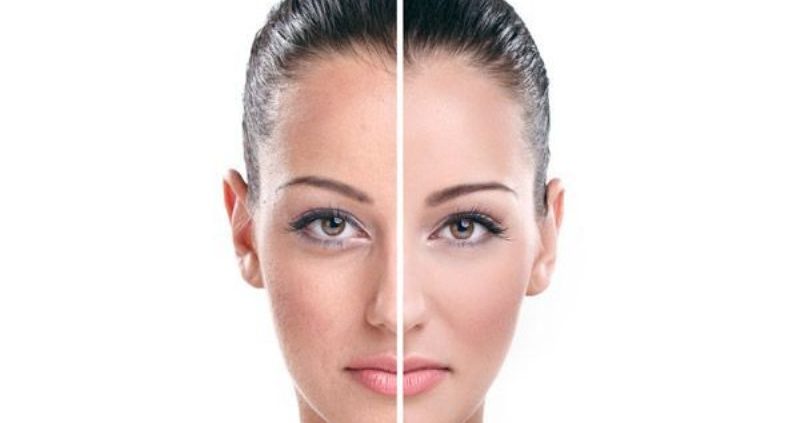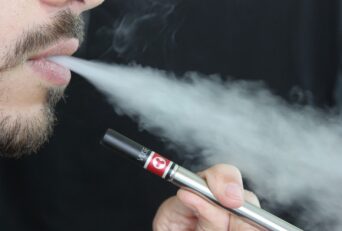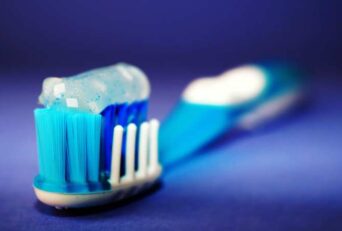Everyone gets acne. And when acne subsides, most of us end up with some scarring to show for it. If acne has left you with some reminders that it was there, you’ve probably wondered what you can do about it. Quite a bit, as it happens, but before you start down the road toward a specific acne-scar treatment, you should spend a bit of time and learn about your options.
This little guide serves as an introduction to the opportunities out there, and to some of the mistakes, you might be tempted to make. Modern technology has given us some terrific, effective options for treating acne scars. At this point, your challenge is to choose the one that’s best for you.
Be Patient! If your acne is active, take care of that issue before addressing your acne scars. Acne-scar treatment is real surgery, and any sort of disruption to your skin could make your acne even worse. Think of it this way: while you’re planning your best approach to clearing up your existing scars, you can do things right now to prevent more of them from occurring. Your dermatologist will be able to help.
Table of Contents
The Two Basic Types of Acne Scar
When you’re ready to tackle your acne scars, it’s important not to rush in too quickly. Some scars require surgical treatment, but others will disappear over time.
Unfortunately, some skin-treatment clinics are more interested in your money than in your skin and will offer treatments even for types of scars that would have gone away without further therapy. A reputable doctor will be able to identify each of your scars as one or the other of these.
Post-inflammatory hyperpigmentation, or PIH, is a discolouration left by a pimple after it disappears. Skin creams can help, but PIH fades and disappears over time.
Physical scarring is an actual change to the skin’s consistency and shape. Ice-pick-, boxcar-, and rolling scars all describe gaps left in the skin by acne; keloid scars are protrusions caused when your body produces too much new tissue while recovering from acne. Each of these is a candidate for surgical acne-scar treatment.
Chemical v Laser Treatment
Acne scar treatment usually takes one of two forms: chemical peels or laser treatment. Here’s what you should know when discussing each with your doctor.
Chemical peels work by damaging your skin’s outer layer. This forces your body to create new, healthy skin tissue. They may be cheaper than laser therapy, but chemical peels are falling out of favour when it comes to treating acne scars. They do not target specific problem areas the way lasers can and carry much higher risks.
Lasers also work by damaging the skin and encouraging new tissue to develop. Unlike chemical peels, lasers can be tuned to affect the skin’s topmost layer or its subsurface layers: for example, some lasers target the region in which collagen is produced. Lasers can also be fractional or divided into hundreds of smaller beams of light. This greatly reduces risk and recovery time and tends to lead to improved results overall.
Different Lasers, Different Results
If laser treatment seems right for you, it’s important to know enough about lasers to be sure that your doctor has the right options at his disposal and knows how to use them. This section will give you a few terms to use with your doctor, to be sure that you’re getting the treatment you deserve.
Lasers can be made of various materials—most lasers used in acne-scar treatment rely on carbon dioxide or rare earth such as neodymium—and emit various frequencies of light at various power settings. Different frequencies are able to penetrate different distances beneath the skin’s surface and to encourage the growth of different types of new tissue.
Some laser machines offer different frequencies and power settings within the same unit. Whether your doctor has several lasers available to him, or one or two machines that are freely tunable to a range of settings, you’ll want to be sure that your clinic is ready to match a specific laser treatment to each type of acne scar you’re treating.
One quick word of warning: beware of laser clinics that encourage you to return more than once every 2-3 months. Some unscrupulous clinics offer treatment for a bit less than reputable ones but put you on a schedule that ends up costing you more money. These clinics commonly offer under-powered laser treatments, which may never be as effective as properly tuned ones.
What to Expect From Laser Treatment
Laser treatment for acne scars generally results in around a 50% improvement of your skin’s consistency and tone. Every patient is different, and your results will probably differ from the average, but that’s a good basis for setting your expectations.
The treatment itself involves some minor discomfort, like a series of fingers flicked against your skin. Treatment generally takes less than half an hour.
You’ll want to schedule some downtime. Again, each patient is different, but your doctor will probably recommend at least two days out of the sun and away from work or strenuous activity. After laser therapy, your skin may feel hot and tight and will appear reddish.
In the weeks after recovery, you’ll want to follow your doctor’s instructions to the letter. These will likely include avoiding the sun whenever possible, using sunscreen, and applying medicated skin creams during the day.
Most laser treatments for acne scars require only a couple of visits to achieve their full benefit. It’s hard for patients to know exactly how severe their own cases are, so be sure your doctor tells you exactly what kind of long-term treatment regimen to expect.
Above all, read all you can from reputable sources like this one before seeing a doctor. You don’t need to know everything your doctor does about acne-scar therapy, but you should know enough to tell a considerate and patient-physician from someone who’s ill-prepared or looking for a quick buck. Good luck!






